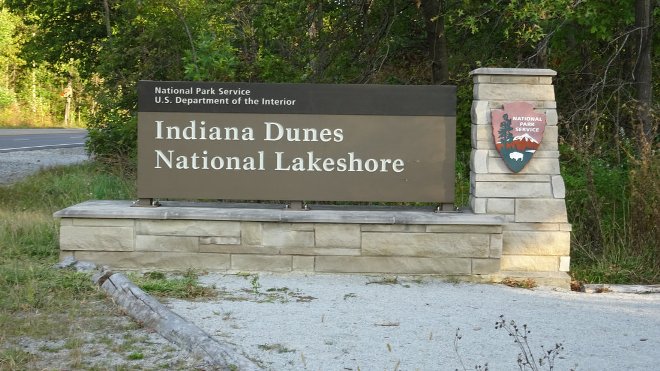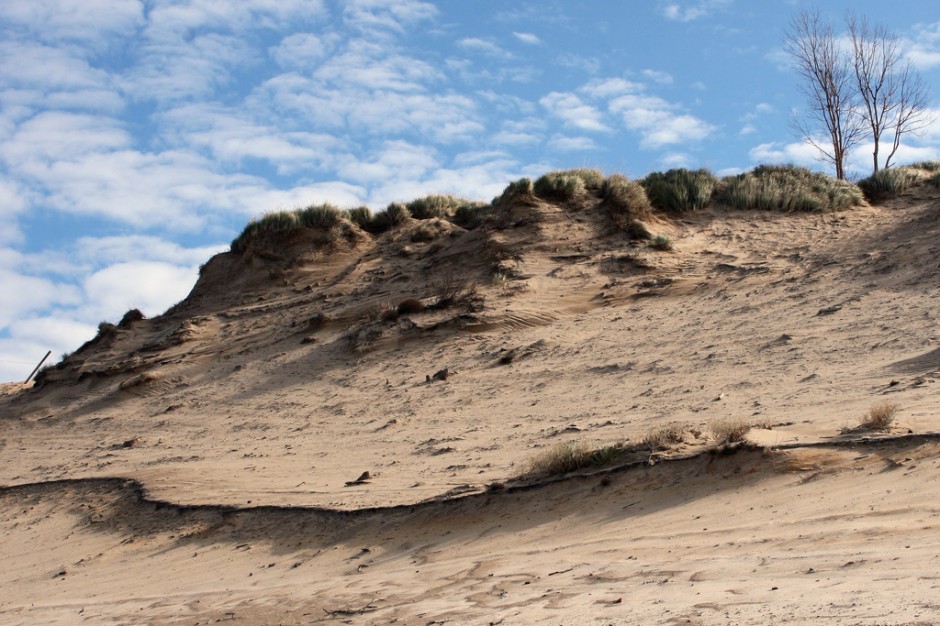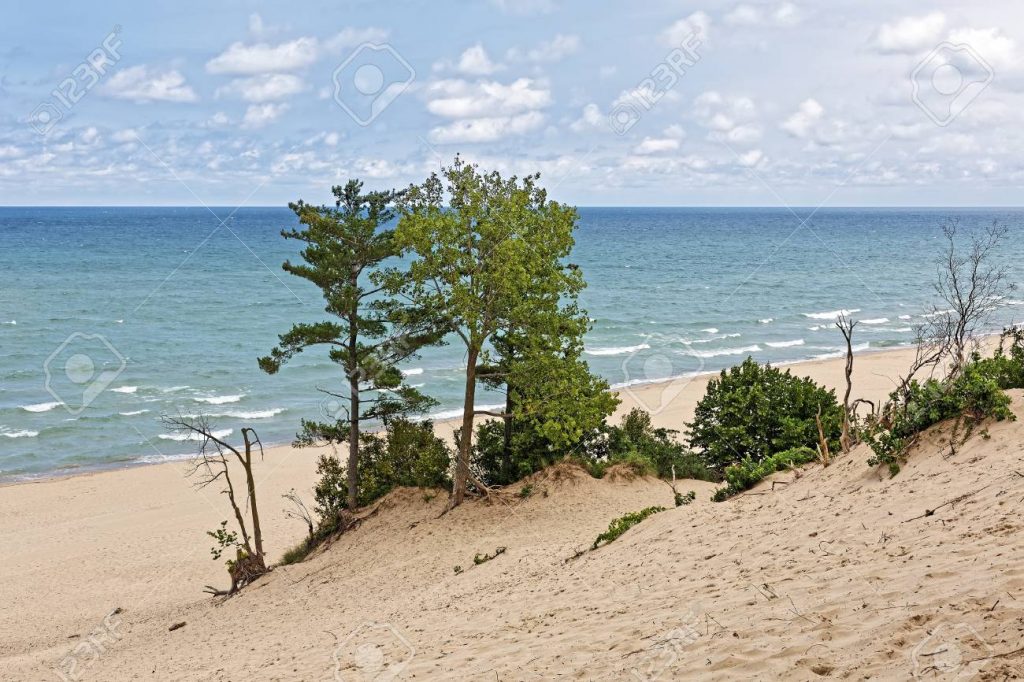
Exploring America’s Newest National Park

INDIANA DUNES NATIONAL PARK — Indiana Dunes National Lakeshore attracts more than 3.6 million visitors every year, but that number is expected to grow because the 6,000-hectare site on the shore of Lake Michigan is now Indiana Dunes National Park — the country’s newest.
America’s National Parks System includes more than 400 parks, monuments, conservation areas and historic sites. The federal agency — established in 1916 — is constantly changing. The 26 parks it originally managed have been removed from its list of properties. Some, like Michigan’s Mackinac Island Park, were transferred to state holdings, and others, including South Carolina’s Castle Pinckney Monument, were found to be too expensive to maintain.
Although President Donald Trump drastically reduced the size of one park — Utah’s Bears Ears National Monument — four parks have been created since he’s been in office. The Dunes became the 61st national park in February.
Among the first to visit after its designation changed were Bill and Betty Smith from Connecticut, who have visited the 60 other national parks.

«What I want to see are predominantly the sand dunes. I think that’s probably the standout feature of this new national park,» Bill Smith said, adding, «I want to see some of the trail systems. I just want to get a sense of the place.»
Over a century in the making
The newest national park may be the one that took the longest to get that designation, said park superintendent Paul Labovitz. «The name change here was 103 years in the making. The Indiana Sand Dunes National Park was proposed in 1916 by the first director of the national parks, Stephen Mather.»
But World War I and the need for steel mills on the lakefront to feed the war effort sidelined plans for the park. Later efforts to get the national park designation were squashed by industrialization of the neighboring Port of Indiana, the largest commercial port on Lake Michigan.
Still, nature and the dunes found a way to thrive.
In 2017 and 2018, Indiana lawmakers again presented the park legislation to Congress, but no action was taken.
Lorelei Weimer, the park’s executive director of tourism, said it took the historic government shutdown of 2019 to bring about the change. Due to the rushed nature of a several-hundred-page appropriations bill to fund the budget and reopen the government, an Indiana congressman was able to slip the park measure into the new legislation.
«The fact that he was able to get it into the budget bill was a huge win for us,» Weimer said. «None of us knew that was going to happen. That was one of the biggest pleasant surprises that we’ve had.»
The designation doesn’t come with any regulatory or funding changes, but it does give the Dunes a status similar to the other big national parks such as Yellowstone and Yosemite.
Dunes, wetlands, forest, prairie
Indiana Dunes National Park has a varied landscape — most prominently, the massive sand dunes that can tower 58 meters above the beach, and migrate more than a meter a year.
The park has a 26-kilometer-long shoreline along a lake that can produce waves eight meters high. Fourteen trail systems covering 80 kilometers wind through the park through its different habitats and cultural history.
Labovitz said the park is also known as one of the most ecologically diverse places in North America, with more species of plants than the state of Hawaii.
«There are upwards of 1,500 different species of plants found here. The numbers are impressive, but the kinds of plants are even more interesting. The Dunes is a place where the Artic meets the Temperate Forest, where the Eastern Deciduous Forest meets the prairie. So, all of the plants that are common or that grow in those places are found here.»
Because the Dunes are on a major migratory path, they are also home to more than 300 species of birds, including waterbirds such as loons and herons, birds of prey such as hawks and bald eagles, and a wide variety of songbirds.
That attracts visitors from every U.S. state and approximately 50 countries across the world every year.
«We have so many international visitors that we have 12 different little mini guides that we have translated into different languages,» Weimer said. «That just gives you a good idea that this is not just a local attraction. It’s an international attraction.»
It’s also a uniquely American attraction, according to Bill Smith.
«There’s always something special about a national park. It’s beautiful, it’s unique. They’re precious in terms of natural resources, the natural beauty, the wildlife. And so, it’s just a part of exploring this great country.»

